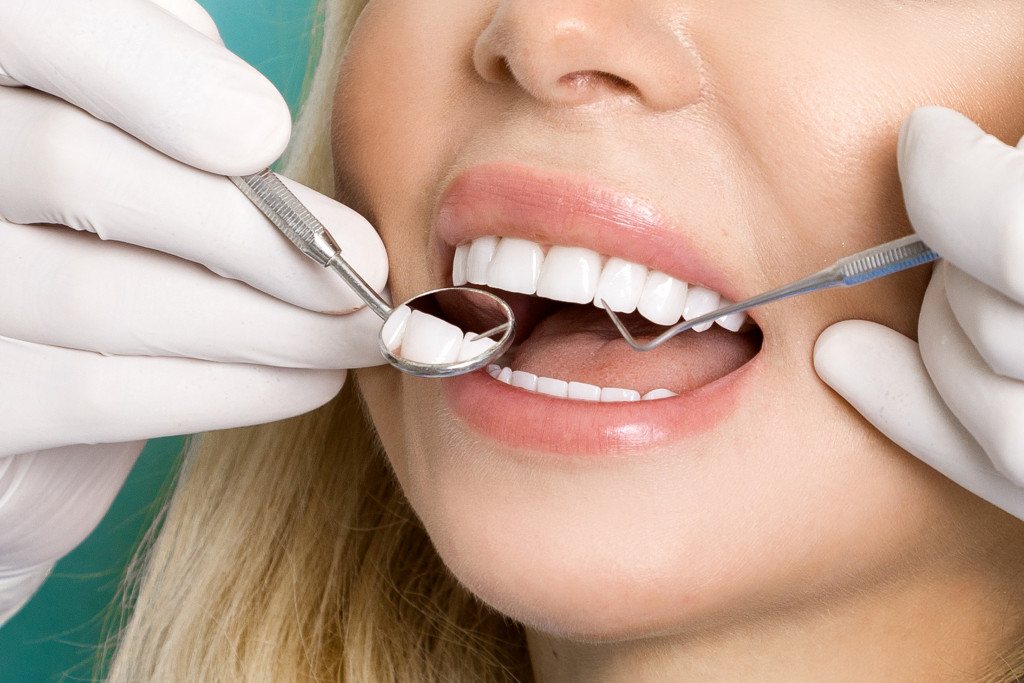When it comes to teeth, there are a lot of myths and misconceptions out there. From brushing to flossing to whitening, it can be hard to know what’s true and what’s not. This blog post will set the record straight on some of the most common myths about teeth so that you can keep your smile looking its best.
MYTH: You should brush your teeth immediately after every meal.
You don’t really need to brush your teeth immediately after every meal. In fact, doing so can actually damage your tooth enamel. Wait at least 30 minutes after eating before brushing your teeth. Some people believe that brushing their teeth immediately after eating will help to remove any food particles that may be stuck in their teeth. However, this is not the case. When you eat, your mouth produces saliva, which helps to clean your teeth naturally.
By waiting at least 30 minutes before brushing, you allow your saliva to do its job and remove any food particles that may be stuck in your teeth. Otherwise, you run the risk of brushing away this protective layer of saliva and damaging your tooth enamel. Damaged tooth enamel is more susceptible to decay and cavities. This is because the enamel is the hard, outermost layer of your teeth that protects them from damage. Once it’s damaged, your teeth are more vulnerable to the harmful bacteria in your mouth that can cause decay and cavities.
When you get cavities, the bacteria in your mouth actually eat away at the tooth enamel, causing small holes or “cavities” to form. If left untreated, cavities can get larger, leading to infection, pain, and tooth loss. So, while you don’t need to brush your teeth immediately after every meal, you still need to brush twice a day and floss daily to remove the plaque and bacteria that can cause cavities.
MYTH: Flossing is not important.
Flossing is just as important as brushing when it comes to oral hygiene. This is because flossing removes plaque and bacteria between your teeth and the gum line, which helps prevent cavities and gum disease.
How Flossing Helps Prevent Gum Disease
Gum disease is an infection of the gums that can destroy the bone supporting your teeth. Plaque is a result of food, bacteria, and saliva. If it is not removed, it becomes tartar (calculus). If neither plaque nor tartar is not removed, they can irritate the gums and cause them to become inflamed. Inflammation of the gums is called gingivitis. Gingivitis is a mild form of gum disease.

If gingivitis is not treated, it can progress to periodontitis. Periodontitis occurs when the gums pull away from the teeth, creating spaces that become infected. Your immune system will fight the bacteria as the plaque spreads and grows below the gum line. As periodontitis progresses, pockets deepen, and more gum tissue and bone are destroyed. Teeth may eventually become loose, fall out, or need to be removed by a dentist.
Your dentist might suggest getting All on 4 implants to help replace missing teeth and support your dental health. These implants are a type of dental implant that uses just four implants to support an entire arch of teeth. As a result, they are a great option for people who are missing all of their teeth or who have extensive tooth damage.
MYTH: Whitening toothpaste actually whitens your teeth.
Whitening toothpaste does not actually whiten your teeth. The whitening agent in these kinds of toothpaste is abrasive and can remove surface stains, but it will not change the actual color of your teeth. This is because the whitening agent in whitening toothpaste is not strong enough to penetrate the enamel and change the color of your teeth.
If you want to whiten your teeth, you need to use a stronger bleaching agent that is only available from a dentist. This kind of bleaching agent can penetrate the enamel and change the color of your teeth. However, it is important to note that bleaching your teeth can also damage your tooth enamel. As a result, you must talk to your dentist about whether bleaching is right for you.
But, if you are intent on looking for a way to improve the appearance of your smile, there are many options available. Talk to your dentist about the best way to achieve your desired look.
There you have it! The truth about some of the most common myths about teeth. Now that you know what’s true and what’s not, you can keep your smile looking its best with proper oral care habits.




